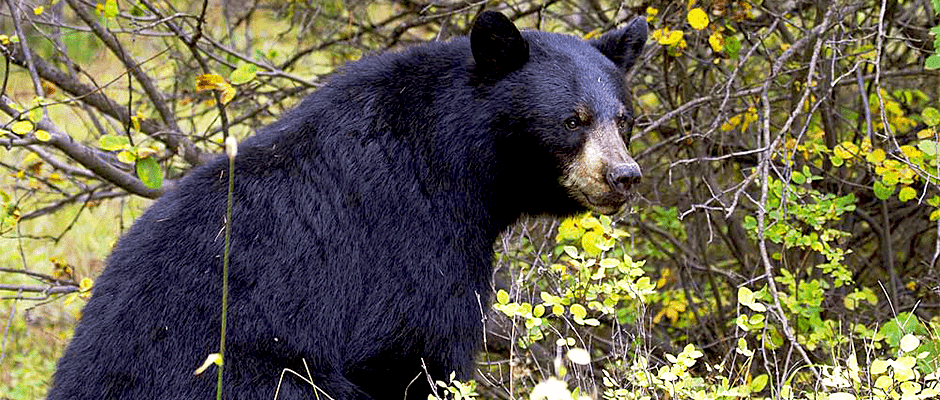Share this article
Annual bear hunt manages population while facing controversy
The New Jersey Department of Environmental Protection’s Division of Fish & Wildlife (DFW) faces public controversy while managing one of the densest populations of black bears (Ursus americanus) in the United States
With approximately 3,500 black bears in the state of New Jersey, DFW has been tasked with reducing and stabilizing the population to address safety and other concerns from the public. An annual hunting season, along with other lethal and non-lethal strategies, plays a role in this management; biologists report that the population has remained stable since the hunting season was reopened in 2010.
During this year’s hunt, a total of 636 bears – less than 20% of the estimated total population – were taken during hunting periods in October and December.
The New Jersey bear hunt has proven controversial. This year, protests were held at check stations where hunters brought bears following a successful harvest. Many opponents argue that non-lethal methods should be prioritized in managing the population. Protesters included university professors, former legislators, and other concerned members of the public.
This year’s hunt has drawn even more public attention following the rumored harvest of a popular bipedal bear during the first part of the season. Videos of a bear walking upright on its hind legs – presumably due to injuries sustained after being hit by a car – surfaced in 2014 and went viral online. One of the bears killed during the October hunt was believed to be the bipedal bear, sparking outrage among the public and fueling increased opposition of the hunt.
Despite extensive controversy surrounding the issue, DFW biologists maintain that a regulated hunt is a necessary component of managing black bears in the state. Bears in the state tend to have high reproductive and cub survival rates that contribute to strong population growth. Alteration of agricultural lands into mature forests has also increased habitat availability for the bears, facilitating larger populations. These factors helped the New Jersey Fish and Game Council determine in 2010 that the black bear population could once again support a recreational hunt following a five-year closure on the hunting season.
Public safety is a concern with such a dense bear population inhabiting a state famous for another densely populated species – humans. In 2014, a 22-year-old man was fatally killed by a black bear in New Jersey’s Apshawa Preserve. While this is the only fatal bear attack in state history, a higher bear population increases the likelihood of human-wildlife conflict, raising concern for wildlife managers and the public. The most common interaction between bears and humans in the state happens when bears rummage through trash bins. Garbage bins attract bears to residential areas, increasing likelihood of contact with people.
The DFW website contains information for homeowners, agriculturalists, outdoor recreationalists, and others about how to safely coexist with black bears. The division also has educational programs about the bears for children and adults.
Read TWS’ Standing Position on hunting and its role in wildlife management.
Header Image: ©Richard Mittleman








